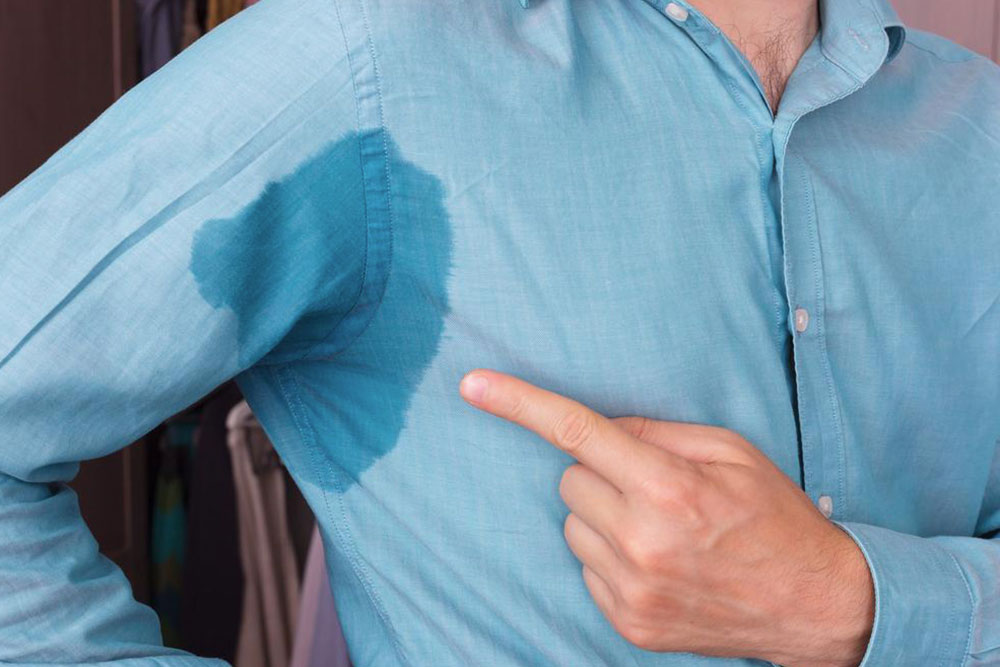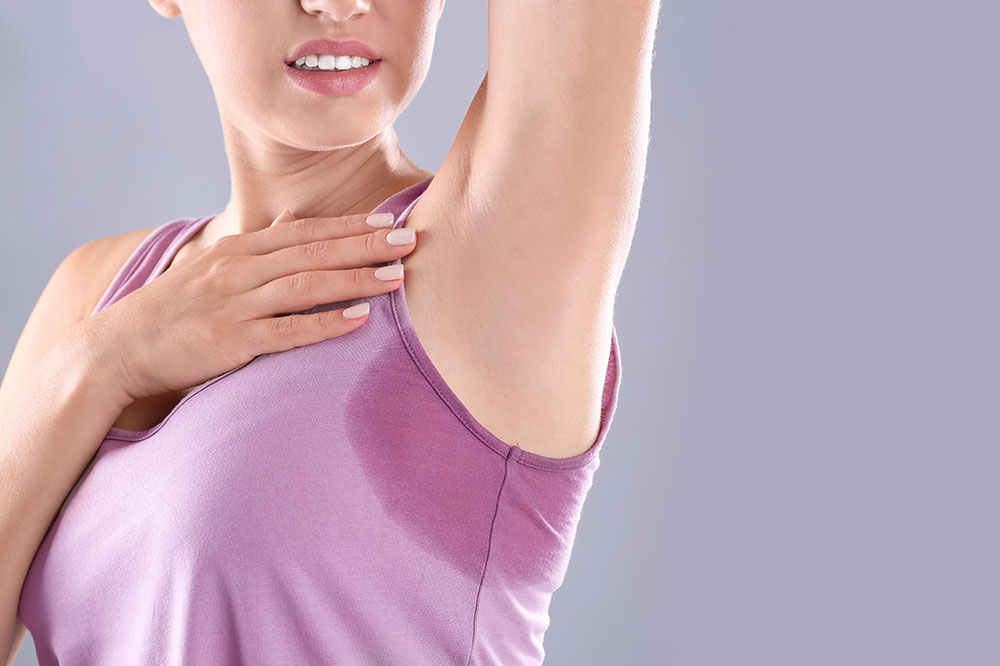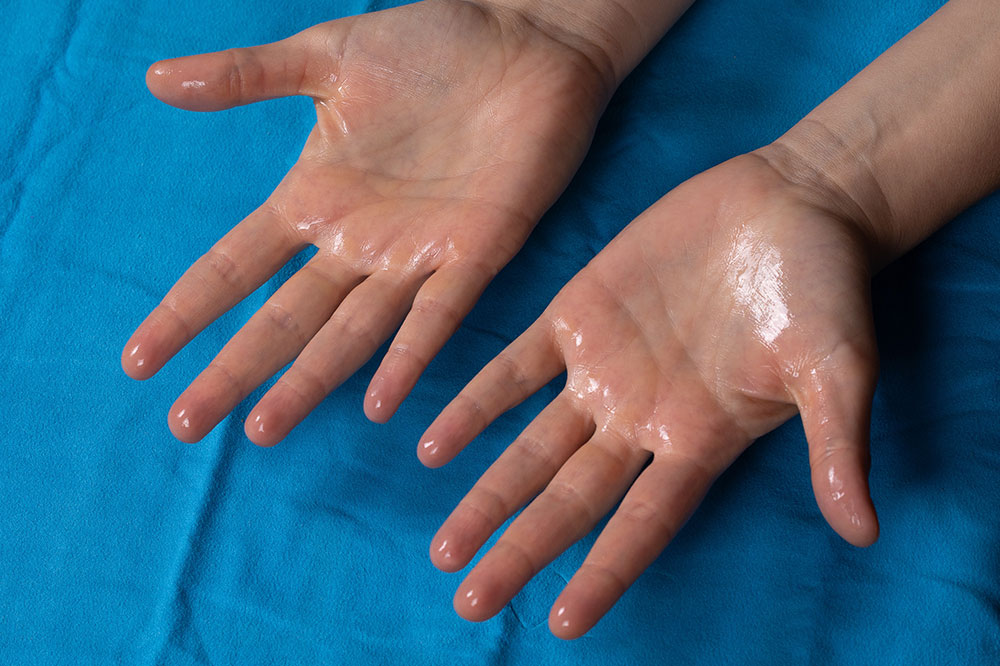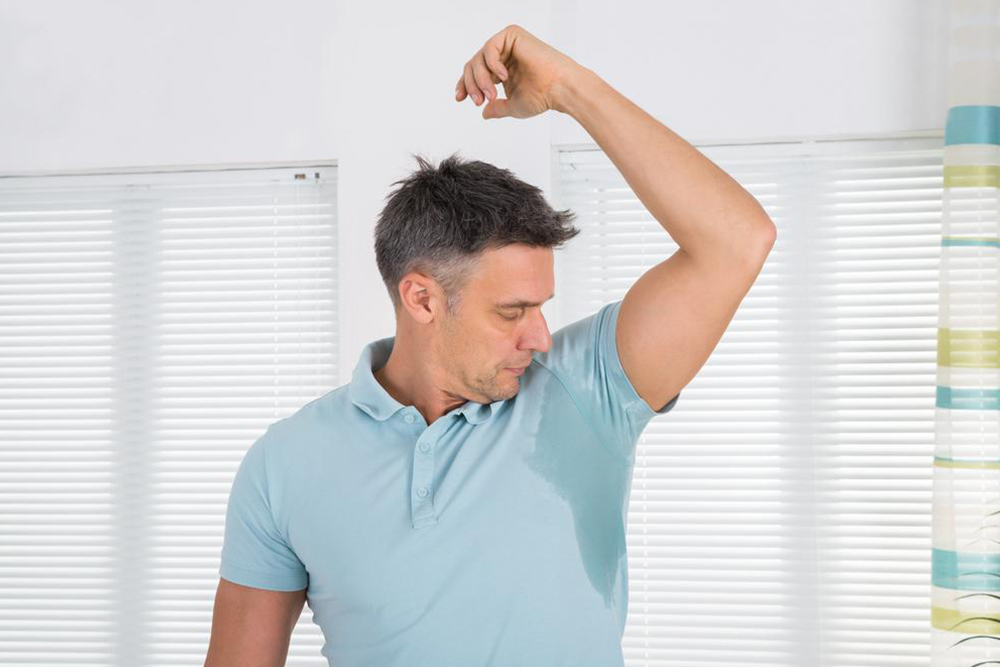Comprehensive Guide to Causes and Effective Treatments for Excessive Perspiration
Excessive perspiration, or hyperhidrosis, affects many individuals worldwide, impacting daily comfort and social interactions. This comprehensive article explores the physiological causes, medical conditions involved, and various treatment options ranging from lifestyle adjustments to advanced medical procedures. Understanding the underlying factors and seeking appropriate care can significantly improve quality of life for those suffering from this condition.
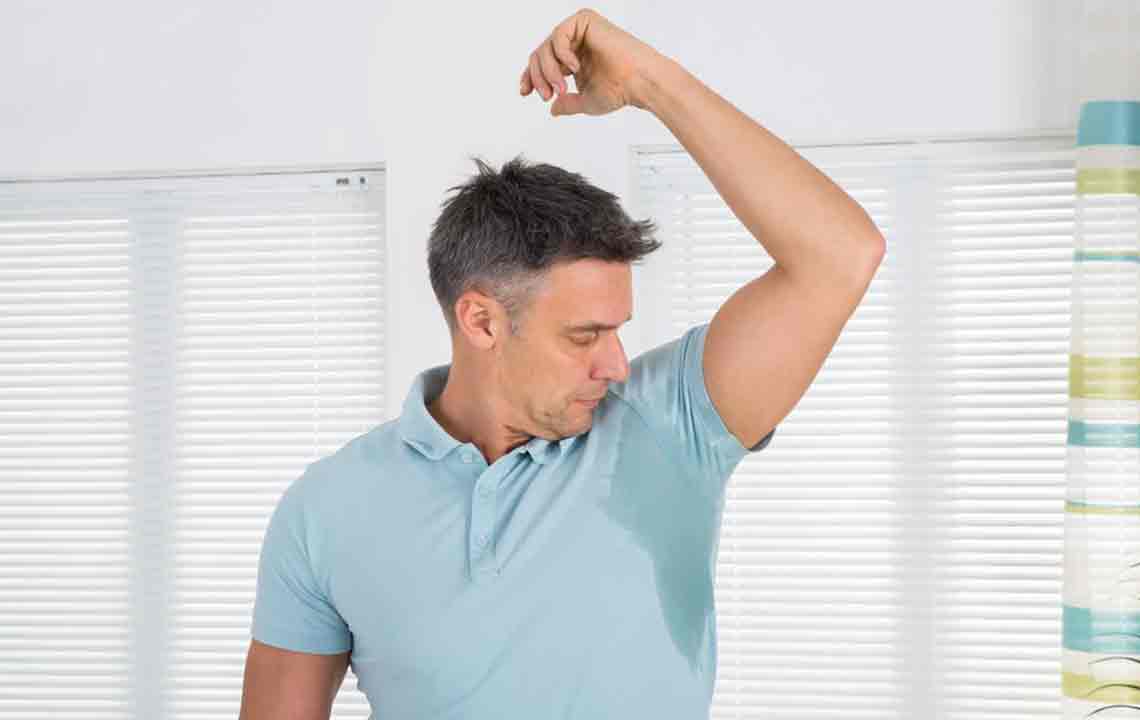
Comprehensive Guide to Causes and Effective Treatments for Excessive Perspiration
Excessive sweating, also known as hyperhidrosis, is a condition characterized by abnormal and uncontrollable sweating beyond what is necessary to regulate body temperature. While sweating is a vital physiological process that helps maintain homeostasis by cooling the body, some individuals experience persistent or severe sweating that can interfere with daily life, confidence, and overall well-being. This comprehensive guide aims to explore the underlying causes of excessive perspiration, discuss the physiological mechanisms involved, and present effective management and treatment options to help those affected regain control and comfort.
Understanding the role of sweating is fundamental to appreciating why hyperhidrosis occurs. The human body has millions of sweat glands, predominantly located on the palms, soles, forehead, and armpits. These sweat glands are classified into two main types: eccrine and apocrine glands. Eccrine glands are responsible for temperature regulation and produce a watery, odorless sweat that evaporates to cool the skin. Apocrine glands, primarily found in the armpits and groin, produce a thicker secretion that, when decomposed by bacteria, can cause body odor. While eccrine glands are activated in response to heat and physical activity, apocrine glands are more responsive to emotional and psychological stimuli.
In most cases, sweating occurs as a normal response to heat, exercise, or stress. However, when the glands become overactive or when the body responds inappropriately, it results in hyperhidrosis. Excessive sweating can be localized, affecting specific areas such as the palms, soles, or face, or it can be generalized, involving widespread body areas. This condition can significantly impair personal hygiene, clothing choices, and social interactions, leading to emotional distress and reduced quality of life.
Physiological Mechanisms Behind Excessive Perspiration
The body's thermoregulatory center in the hypothalamus controls sweating by sending signals to the sweat glands. When this system malfunctions or becomes hyperactive, it results in hyperhidrosis. Psychological factors like stress and anxiety can stimulate the sympathetic nervous system, leading to hyperactivity of sweat glands, especially the apocrine glands. Certain neurological conditions or injuries can also disrupt normal nerve signaling, precipitating increased sweating.
Medical and Lifestyle-Related Causes of Excessive Sweating
Identifying the root cause of hyperhidrosis is essential for effective management. Several medical conditions and lifestyle factors can contribute to excessive perspiration:
Hyperthyroidism: An overactive thyroid gland accelerates metabolic processes, increasing heat production and prompting the body to sweat excessively.
Cancers: Certain malignancies, such as lymphomas, can cause night sweats and generalized hyperhidrosis as part of systemic symptoms.
Medications: Some pharmaceuticals, including antidepressants, blood pressure medications, and antibiotics, may have side effects that include increased sweating.
Diabetes: Blood sugar fluctuations can trigger sweating episodes, especially in cases of hypoglycemia or diabetic autonomic neuropathy.
Menopause: Hormonal changes during menopause often lead to hot flashes and night sweats, affecting many women.
Psychological Stress and Anxiety: Emotional triggers activate stress responses, stimulating sweat production beyond normal levels.
Substance Withdrawal: Withdrawal from alcohol, opioids, or other substances can induce sweating as part of withdrawal symptoms.
Other Contributing Factors
Additional factors that can lead to hyperhidrosis include infections like tuberculosis or malaria, which cause systemic fever, and neurological conditions such as Parkinson's disease or autonomic nervous system disorders. Certain genetic predispositions also play a role, with some individuals inheriting tendencies toward excessive sweating.
Managing and Treating Excessive Perspiration
Effective management begins with proper hygiene practices and lifestyle adjustments. Maintaining good personal hygiene using antibacterial soaps can reduce odor and bacterial proliferation. Avoiding spicy foods, caffeine, and hot environments can help minimize sweating episodes. Wearing loose, breathable clothing made from natural fabrics like cotton allows better air circulation and reduces moisture buildup.
Practical measures include:
Applying antiperspirants containing aluminum chloride regularly, especially at night when sweat glands are less active, enhances absorption and effectiveness.
Using sweat shields or pads in clothing can absorb excess moisture and prevent visible sweat stains.
Maintaining a cool environment, especially during hot weather or stressful situations, helps control symptoms.
Practicing stress management techniques such as meditation, deep breathing, or yoga to reduce emotional triggers.
Medical Treatments and Advanced Options
For persistent or severe cases, medical intervention may be necessary. Treatments include:
Topical Treatments: Prescription-strength antiperspirants with aluminum chloride can significantly reduce sweating.
Iontophoresis: A non-invasive procedure using a mild electrical current to block sweat gland activity, suitable primarily for palmar and plantar hyperhidrosis.
Botulinum Toxin Injections: Botox temporarily blocks nerve signals to sweat glands, providing relief for several months. This treatment is effective for localized hyperhidrosis in areas like the armpits, hands, and feet.
Medications: Oral anticholinergic drugs may be prescribed to reduce overall sweating, although they can have side effects like dry mouth and blurred vision.
Surgical Procedures: In extreme cases, sympathectomy — surgical cutting or clamping of specific nerve pathways — can be performed to halt excessive sweating in targeted areas.
Innovative and Emerging Treatments
Research continues in the field of hyperhidrosis treatment, exploring new modalities such as microwave thermolysis and laser therapies to destroy sweat glands. These minimally invasive procedures aim to provide long-lasting results with less discomfort and recovery time.
When to Seek Professional Help
If excessive sweating causes significant discomfort, interferes with daily activities, or is accompanied by other symptoms like weight loss, fever, or rapid heartbeat, consulting a healthcare professional is essential. A dermatologist or a neurologist can perform necessary assessments, including sweat tests, blood work, and neurological evaluations, to determine underlying causes and formulate an appropriate treatment plan.
Conclusion
Hyperhidrosis is a complex condition with multifaceted causes, but with a comprehensive understanding of its mechanisms and available treatments, individuals can effectively manage their symptoms. Lifestyle modifications, medical treatments, and emerging therapies offer promising avenues for relief. Recognizing when excessive sweating is a sign of underlying health issues is crucial for timely intervention and improved quality of life.
